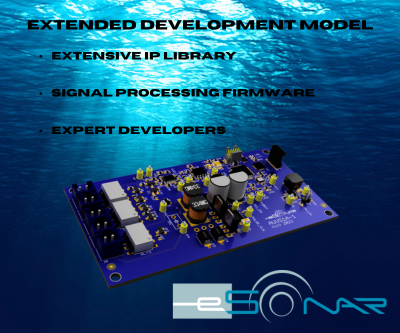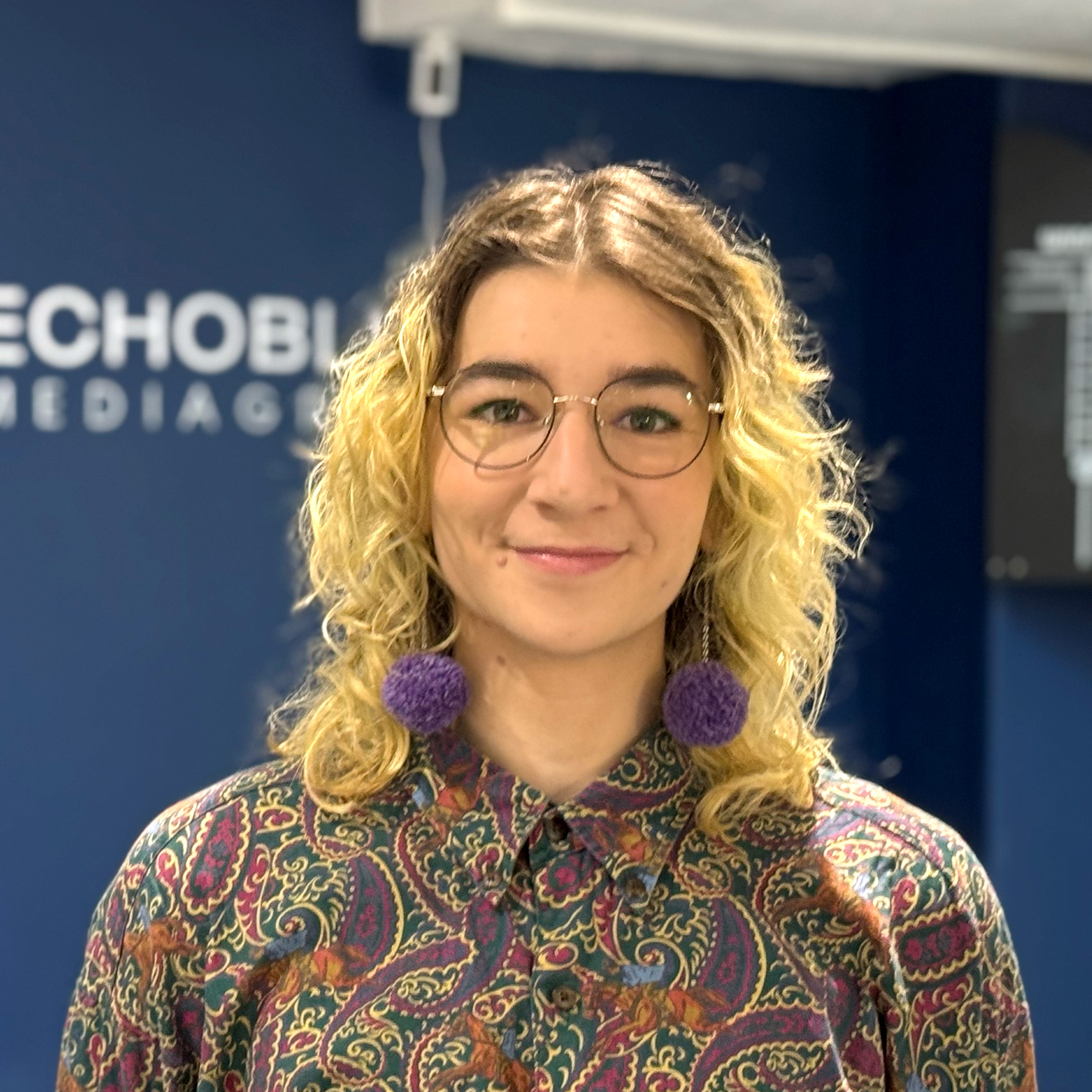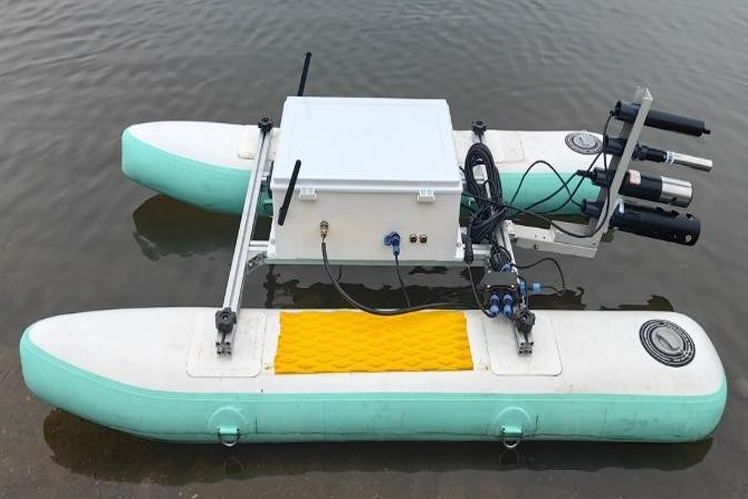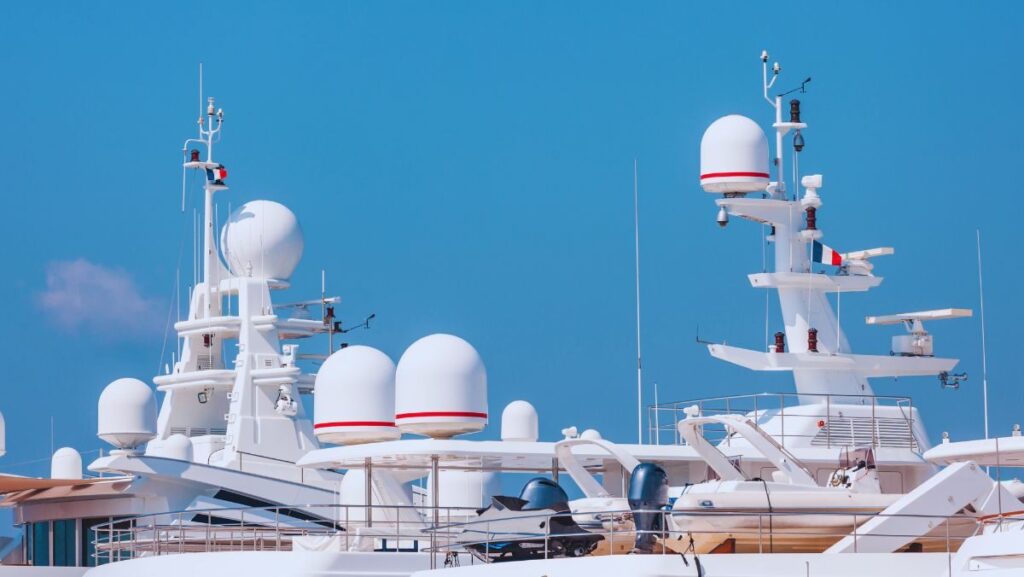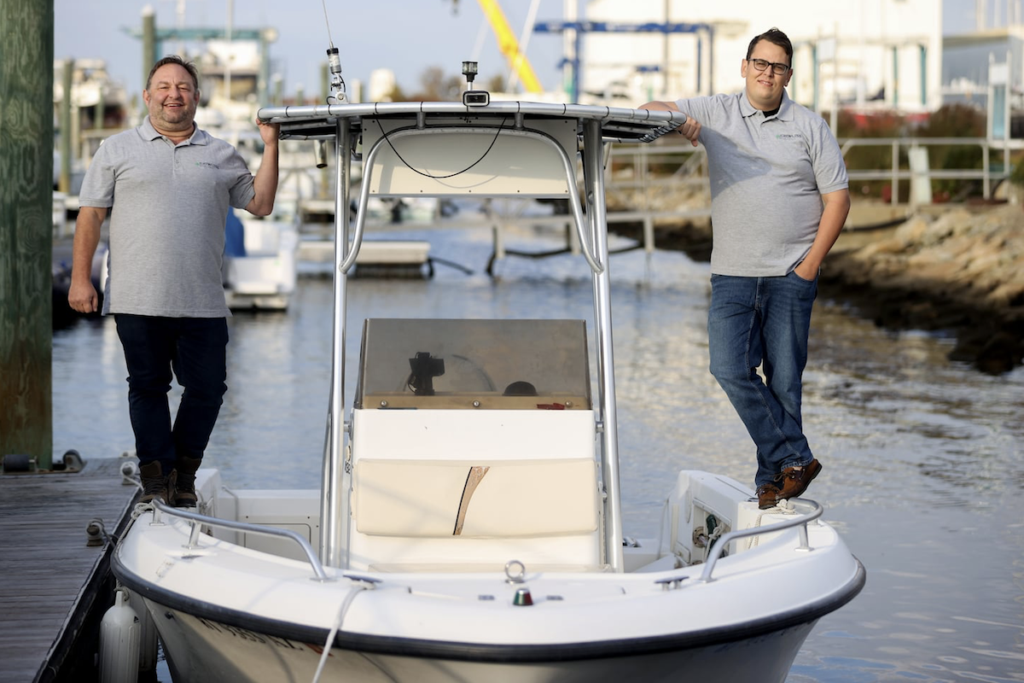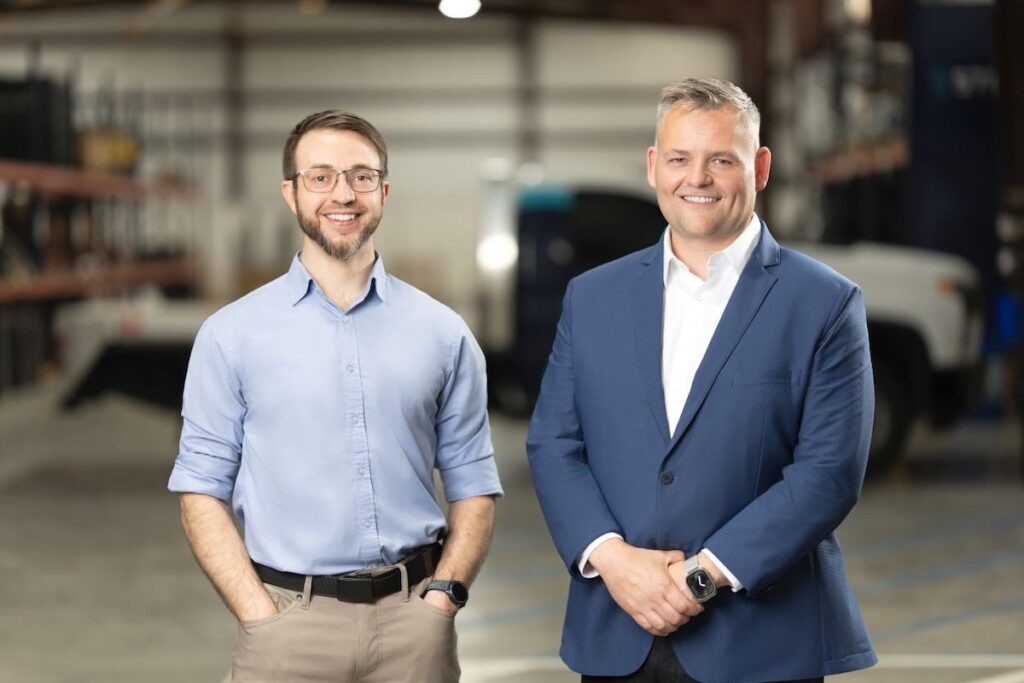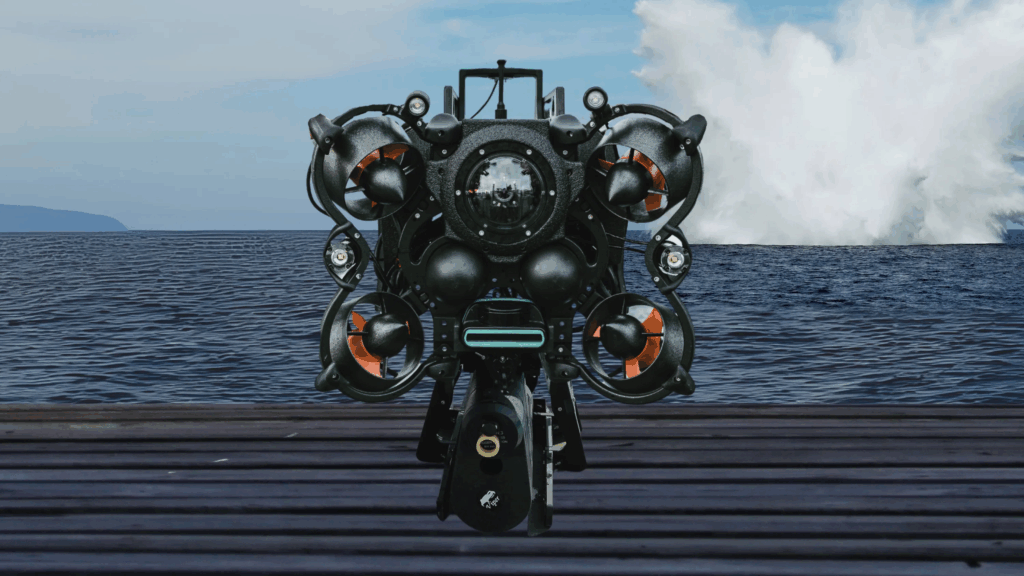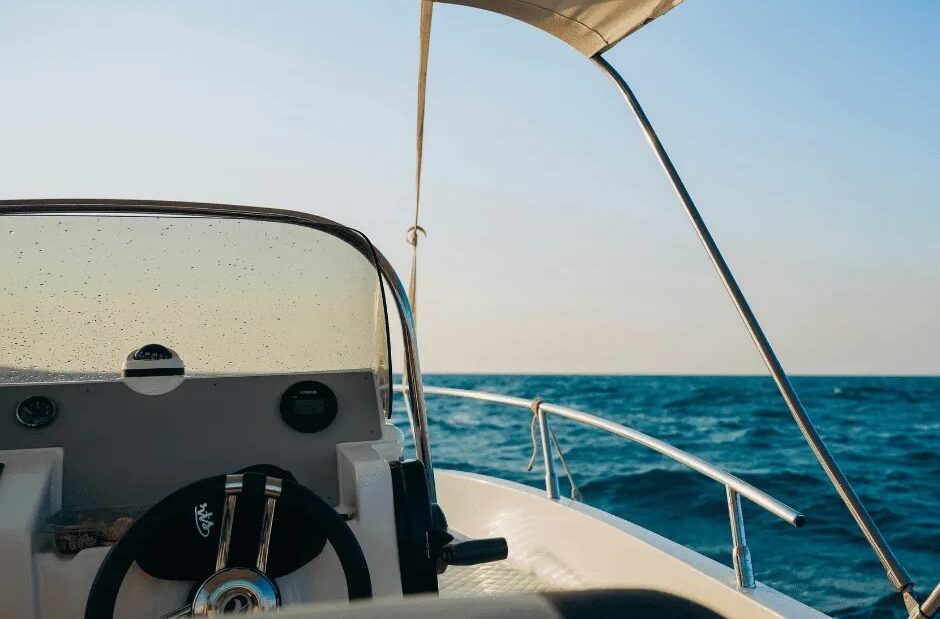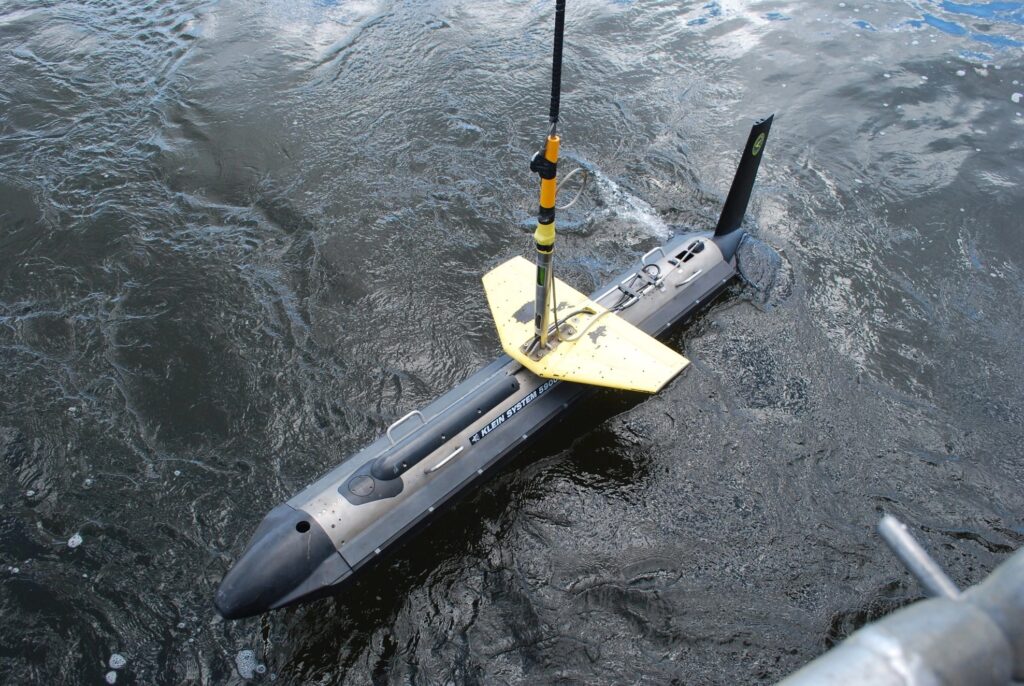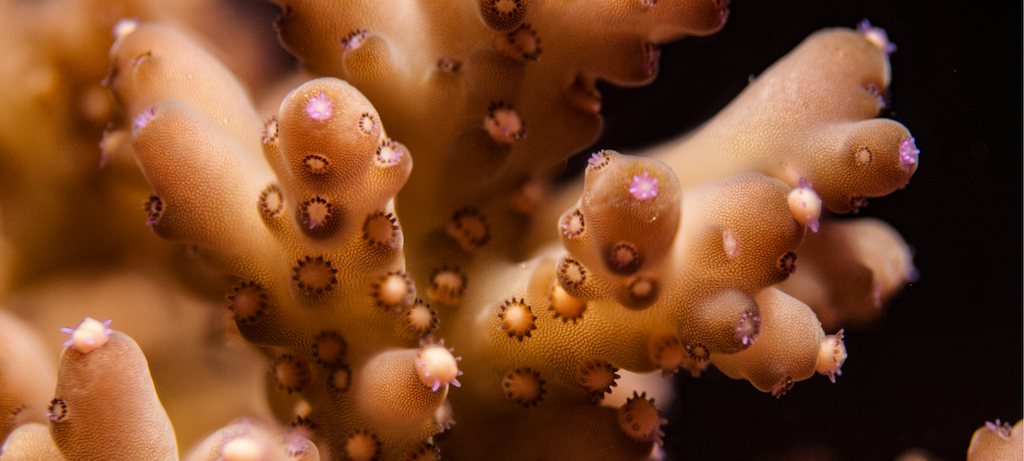
The aquarists from AIMS’ National Sea Simulator (SeaSim) are replicating natural environmental cues to induce “out-of-season” coral spawning (reproduction) for the third year in a row.
With SeaSim reportedly being the world’s most advanced research aquaria complex, this allows for a significant increase in knowledge development in coral reef research.
On the Great Barrier Reef most corals spawn in November or December after water temperatures have risen and the full moon has occurred. During the night, coral polyps release millions of egg and sperm bundles which float to the surface before breaking apart and allowing fertilisation. Fertilised eggs develop into coral larvae that swim around in the ocean until they find a suitable place to settle on the sea floor.
Senior Technician Matt Salmon said the SeaSim team had been able to manipulate seasonal patterns in temperature, daylength and moonlight to induce out-of-season coral spawning six months before natural reef spawning events every year since 2022.

Connect with Leading Marine Technology Innovators
Discover cutting-edge solutions from leading global suppliersTo date, SeaSim has successfully generated more than two million out-of-season larvae from seven different coral species which have been used across various research projects.
SeaSim Lead Aquarist Lonidas Koukoumaftsis said the first round of 2024 out-of-season spawning began in May, with more species scheduled to spawn after the full moon in June; “SeaSim allows scientists to replicate reef conditions as well as human-induced conditions. Water temperature, salinity, light, and chemical composition of the water can be controlled and manipulated.
“Now we have successfully demonstrated out-of-season spawning for seven coral species, we are looking to expand the diversity of coral species and produce greater numbers of larvae to support a wider range of experiments.”
SeaSim Research Aquarist Dr David Hughes said the ability to manipulate corals to spawn on-demand in the lab gave coral researchers more opportunities to better understand the early life cycle of corals, which only spawned at one time a year, usually at nighttime.
“Coral reproductive biology is a relatively new field,” he said. “One of the big knowledge gaps is about corals’ early life stages because scientists have, until now, only had a very short window once a year to study them.
“With coral reefs facing existential threat from the impacts of climate change, being able to induce spawning on demand will accelerate our understanding of corals. This is important for the many scientists using SeaSim for world-leading research into how we can help reefs better resist, or more quickly adapt, to the impacts of climate change.
“And if we can reset the spawning time, why not make it during the day so researchers do not need to be up all night.”
